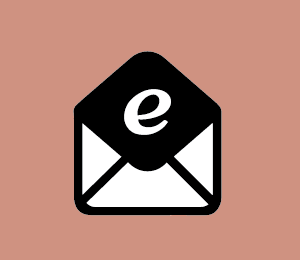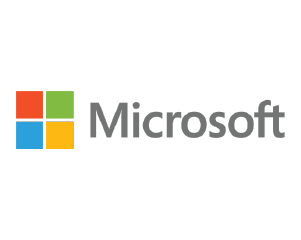
Description
E-mail (electronic mail) is used to exchange messages between individual or groups of people. E-mail messages are sent via the Internet. ‘Servers accept, forward, deliver, and store messages. Neither the users nor their computers are required to be online simultaneously; they need to connect only briefly, typically to a mail server or a webmail interface, for as long as it takes to send or receive messages.
Modern e-mail programmes (web-based and machine-based) typically have a graphic-interface text editor to compose and format the messages. Users specify the recipients’ e-mail addresses, write the message, probably attach files (of any format) and send the message off. Messages (sent and received) are stored in electronic mailboxes. They can be stored, forwarded, replied, printed or deleted.
E-mail, nowadays, has become the predominant form of written communication in the business world; it is also used in private written communication. E-mail can be accessed on both computers with any of the common operating systems as well as (smart) mobile devices as long as the machines are connected to the internet

Key functionality
E-mails are used to exchange messages among individual users or groups of users. To send/receive e-mails, users need an e-mail client (the programme) on their devices or can register for online e-mail services. On smartphones, users would typically use e-mail apps. Furthermore, users need to have their own e-mail addresses. These are unique and consist of a personal identifier followed by the @-sign and a domain name.
Users can add files of any file type to a message. Size limitations and/or security restrictions might apply, depending on the service provider or, particularly in business context, the organisation. In order to send e-mails, the sender needs to know the recipient’s e-mail address.
E-mails are transported via the Internet and are usually delivered within minutes. Set-up of e-mail clients/webmail accounts is quite user-friendly, and there are numerous (online-based) tutorials if needed.
Who uses the tool
Percentage of teenagers that use Email for communication with businesses:

- E-mails are used in all kinds of everyday private and business contexts. To have an e-mail address has become as common as a telephone number or a physical address.
- Moreover, most users have more than one e-mail address (e.g. a private one and a business address).
Average number of emails sent per day:
Number of worldwide e-mail accounts:
Platforms
There are no limitations with regard to platforms. E-mails can be sent from and delivered to e-mail programmes, web-mail accounts and e-mail apps on smartphones on all commonly used platforms. Transfer protocols and cross-platform standardisation processes run in the background and need no user interaction.
Privacy and user data
E-mails are sent via the Internet and are, basically, not encrypted. Users can, however, select an e-mail provider that supports secure and encrypted lines. It is, however, important that both the sender as well as the recipient use such a provider. When webmail is used, the provider should provide exclusive HTTPS login.
Another security measure is end-to-end encryption. This method, however, needs so-called keys to be exchanged by the users. It also only encrypts the message itself; meta data (name of sender/recipient, heading, etc.) are not encrypted.
Terms and conditions of use can be found on these pages:
Using the tool for PROMOVET
Advantages
- E-mails are very widely used and there are hardly any limitations that go with e-mail messages. It is a tool to transport larger texts and attachments. Even if e-mails are no instant messaging tools, they can be used wherever there is an Internet connection. Group communication is possible. Service providers offer basic accounts with free access to e-mail.
Disadvantages
- E-mails may seem a bit old-fashioned and business-style to young learners. E-mails, even if they can be received within seconds/minutes, are not instant messaging


